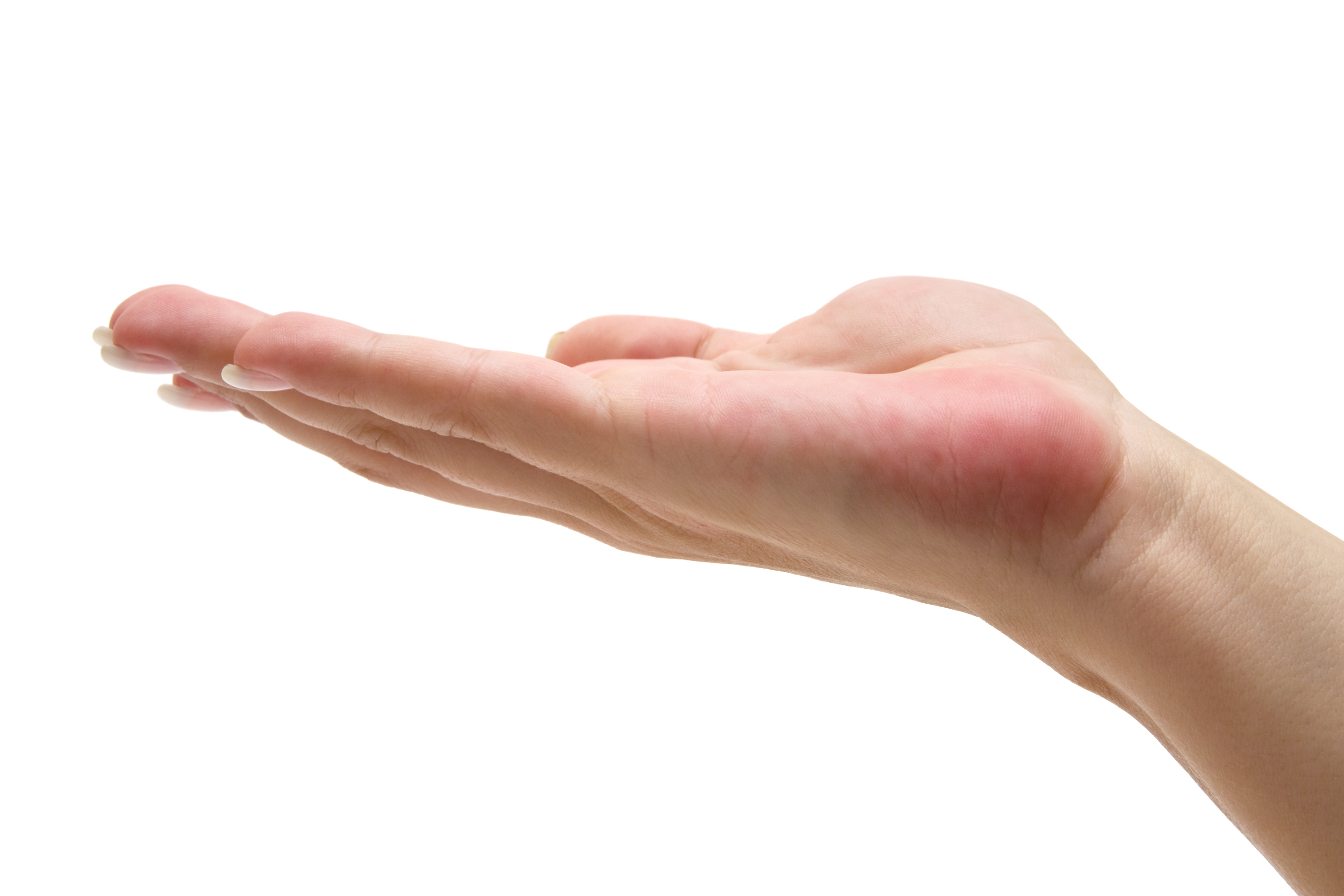
Accidents happen. Have you ever been cooking on the stove and burned your hand? Hand burns definitely hurt and make you want to jump up and down screaming. Even though hand burns represent a small wound area (the palm of the hand comprises only one percent of the body surface area) they have some major potential for disability.
Causes of Hand Burns
In more than 80% of all burns, the hand is involved. Hand burns to a part or all of the hand are common due to the basic function of the hand—we’re constantly using them to pick things up, touch things, everything. Burns are a type of tissue injury that results from exposure to heat, electricity or chemicals. Hand burns have a variety of causes, including:
- Chemical burns
- Electrical burns
- Scalding from hot, boiling liquids
- Fires, including flames from matches, candles and lighters
- Excessive sun exposure
Hand burns reduce the body’s defenses against fluid loss and infection. Burns are classified into four categories: first, second and third degree. Each degree is based on the extent of damage to the skin, with first-degree being the most minor and third-degree being the most severe. Damage includes:
- First-degree burns—red, non-blistered skin
- Second-degree burns—blisters and some thickening of the skin
- Third-degree burns—widespread thickness with a white, leathery appearance
Treating Hand Burns
Therapy has an enormous impact on hand function following a burn and hand therapy is crucial to address the wound itself. The primary goal for rehabilitation following a hand burn is to maximize the range of motion (ROM) of the affected area. The best time to increase range of motion is when the scar is still maturing. This can be achieved by exercise and/or wearing splints, casts or other devices as recommended by your hand therapist. It’s normal for your hand to feel stiff after extensive rest and disuse. Exercise helps to maintain or improve the movement of your hand by preventing joints from becoming stiff and muscles or tendons from becoming tight.
Other key considerations for treatment of hand burns are strength and the ability to feel. These are both controlled by nerve function, and dysfunction of either of these may impact your treatment and outcomes. Your hand therapist can test for strength and sensory loss as part of their evaluation.
At Desert Hand Therapy, we understand how vital it is for you to have healthy hands. Our hands are nothing short of amazing and serve a wide variety of functions that are necessary for achieving our most basic needs and performing our most complex movements. Hand burns or any other hand injury can significantly affect your quality of life.
